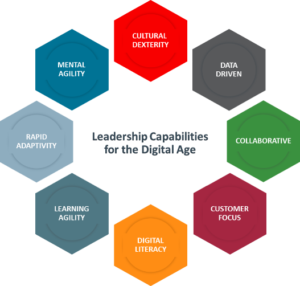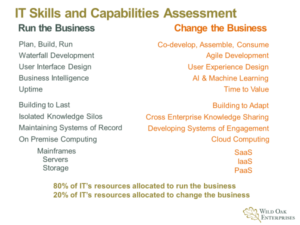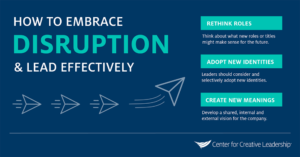
February 17, 2021
In the digital world,
success requires new skill sets and capabilities

Is your talent keeping up with your technology?
Companies are reminded on a daily basis of the necessity to adopt and deploy new digital technologies in order to maintain or enhance their competitive viability. Of less focus is the necessity to identify and develop the “next generation of skills and capabilities” needed to successfully leverage those new technologies.
A recent Gartner research report stated that by 2020, 75% of organizations will experience significant business disruptions due to skills gaps which is an increase from 20% in 2016.
As companies prioritize what new technologies to invest in, they also have to prioritize what kind of people skills and capabilities they need to make that technology useful. This process starts with a talent assessment process that identifies the gaps between what you have and what you need.
The Talent Assessment Challenge: Identifying the gaps between what you have and what you need

One of the biggest challenges that leaders face from the unprecedented waves of digital technology disruption is to accurately assess the new and ever-changing skills and capabilities their companies need to successfully compete as a digital enterprise. To tackle this challenge, I have worked with CIOs and their senior leadership teams on a talent assessment process that uses the chart below to identify the gaps between the talent they have (left-hand column) and the talent they need (right-hand column).

To fill the gaps, they develop a workforce plan to recruit, develop, and retain a whole new set of skills and capabilities that don’t currently exist within their organizations.
For example, the skills required for traditional inside-out user interface design are completely different from the outside-in skills for user experience design. Moving from a Waterfall development model to an Agile, Lean, or DevOps development model requires a whole new set of skills and capabilities.
Successful digital technology leaders need strong business relationship skills

As companies pursue the “next wave of digital technology skills,” they are discovering that technical competency is temporary, but business relationships are permanent. Business acumen, critical strategic thinking, customer-centric design, and strong collaboration skills are emerging as the new requirements for successful digital technology leaders.
Companies where business engagement is becoming more critical than operational efficiency will need to recruit and develop the new skill sets and capabilities including:
- Product managers who can clearly communicate key customer touch points to development teams and discuss how digital technology will enhance them
- Project managers who can lead cross-functional teams that require increased demand for communication, coordination, and collaboration among internal business partners and external stakeholders
- Business analysts and data scientists who can extract critical insights from mountains of structured and unstructured data and provide clear, easy to use insights that help business leaders make timely decisions
- User experience design experts and design-oriented content managers who can seamlessly and securely connect systems of engagement and systems of intelligence with systems of record
- Development engineers who can exploit the time to value benefits of Agile, Lean, or DevOps
- Business leaders who are comfortable with launching a minimum viable product (MVP) and utilizing rapid iteration to make changes based on end user feedback
Organizing and operating for digital leadership success

To get the most out of the new skills and competencies necessary to compete as a digital enterprise, you need to:
- Redeploy resources and budget from “run the business” to “grow the business” functions
- Rethink the roles and responsibilities of digital technology leaders
- Redesign the organizational structure to enable strong business relationships
- Reward new behaviors and actions that deliver desired business outcomes
- Reimagine what is possible when IT is run as a profit engine not a cost center
As always, I am interested in your comments, feedback and perspectives on the ideas put forth in this blog. Please e-mail them to me at here. And, if this content could be useful to someone you know please share it here:


